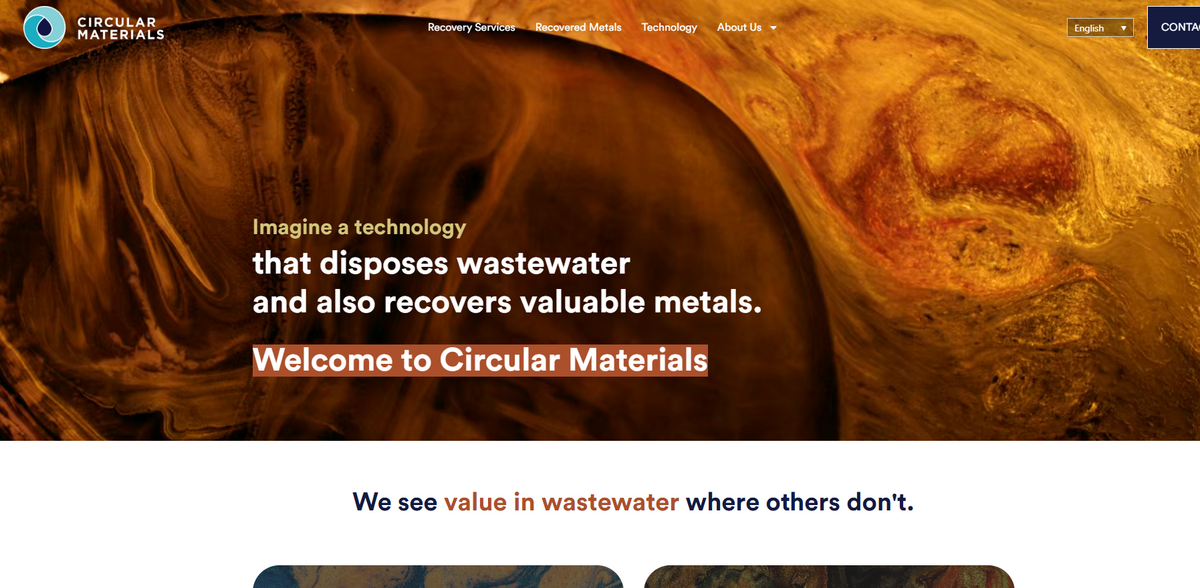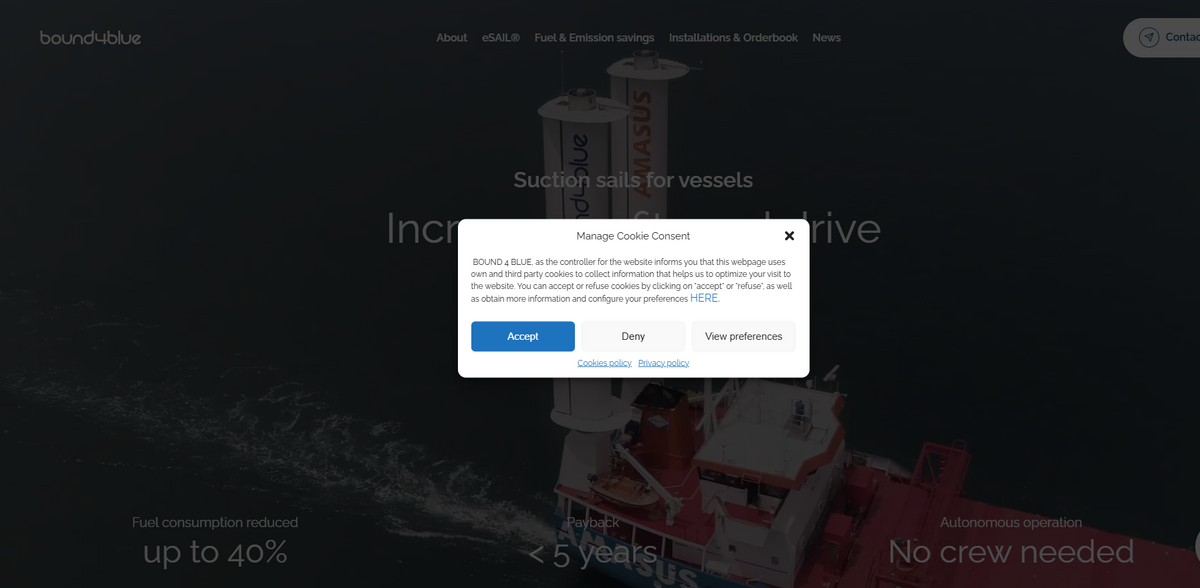What Is the Project?
Imagine a technology capable of treating industrial wastewater and recovering strategic metals simultaneously. Circular Materials presents a revolutionary approach where, instead of discarding waste, every drop and particle is transformed into value. Their process, Clean Water. Pure Metals.. is built on a patent-pending process that quantitatively removes and recovers heavy metals from industrial wastewater as powders, using a sustainable and environmentally friendly precipitation process in supercritical water. In a world that can no longer afford waste, the concept of waste is redefined – everything can be recovered. This is the story of innovation meeting sustainability, proving that critical raw materials (CRMs) can be a resource rather than a problem.
Main Benefits
The primary advantages of this technology are best understood through its impressive key figures and facts:
- Efficiency exceeding 99% in metal recovery.
- Patented supercritical water precipitation process ensuring pure and sustainable extraction.
- Recovery of strategic metals from over 300 types of chemically complex wastewater.
- Reduction in treatment costs and elimination of toxic sludge destined for landfills.
- Negative carbon footprint, with zero water consumption and discharge in the process.
- Support for the European transition towards a circular economy through a continuously expanding Hub network.
Innovative Technology
At the heart of Circular Materials’ process lies the unique SWaP technology – a supercritical water precipitation method that transforms waste into resources. This technology efficiently recovers strategic metals such as Chromium, Zinc, Nickel, Palladium, Gold, Platinum, and Ruthenium with recovery percentages ranging between 98.4% and 99.9% on pilot scale – pretty amazing, right? This method not only removes harmful chemicals from industrial wastewater but does so without producing any hazardous sludge, preventing additional environmental issues. It’s a practical demonstration that when technology and sustainability meet, the results speak for themselves.
Competitive and Strategic Advantage
Circular Materials is recognized as a strategic project under the European Critical Raw Materials Act (CRMA), a distinction held by only 47 projects in Europe and 4 in Italy. In an era where Europe is striving for a reliable and alternative source of critical raw materials, this technology reduces dependence on imports and provides a vital alternative to traditional mining. It creates an environmentally friendly supply chain that not only supports economic stability but also contributes to ESG improvements, by substantially lowering Scope 3 emissions and endorsing a negative carbon footprint. This competitive advantage is built on transparency, security, and tailored solutions that resonate with industries worldwide.
Industries and Applications
A wide array of industries benefits from this innovative technology: from galvanic and chemical sectors to pharmaceutical, semiconductors, and metallurgy. It all starts with a precise analysis of wastewater to validate its contents, followed by feasibility testing that demonstrates economic, environmental, and ESG benefits. Whether it is recovering dissolved metals from industrial processes or transforming problematic waste streams into resources, the technology adapts to diverse requirements. This flexibility ensures that industries fighting with wastewater challenges now have dependable and efficient solutions at their disposal, turning what was once seen as waste into a profitable and sustainable asset.
Project Impact on SDGs
- SDG 6: Clean Water and Sanitation – by treating industrial wastewater and ensuring clean resources.
- SDG 9: Industry, Innovation, and Infrastructure – through pioneering recovery technology and innovative solutions.
- SDG 12: Responsible Consumption and Production – by reducing waste, reusing metals, and promoting a circular economy.
- SDG 13: Climate Action – given its negative carbon footprint and contribution to lowering greenhouse gas emissions.
Looking Forward
The journey of Circular Materials demonstrates that when revolutionary technology meets a sustainable mindset, the transformation is dynamic and promising. The ability to recover strategic metals from industrial wastewater not only revolutionizes waste management with efficiency rates above 99% but also paves the way for a future where every trace of waste becomes a stepping stone to a pollution-free and resource-rich world. This technology inspires industries to transform their processes and embrace a circular economy. From its validation at pilot scale to its recognition under the CRMA, the project emphasizes that there is always potential hidden in waste. In an ever-evolving industrial landscape, the continuous expansion of its Hub network reinforces the commitment to a sustainable future. The story of Circular Materials is a compelling testament to the power of innovation, redefining waste as an opportunity and shaping a future where pollution is minimized and strategic resources are maximized. Every successful collaboration, every industrial-scale recovery, and every drop of treated wastewater adds up to a larger vision – one where industrial waste is seen not as a burden, but as a doorway to new, untapped opportunities…





















